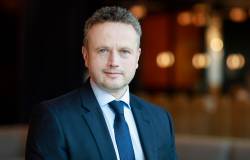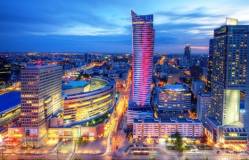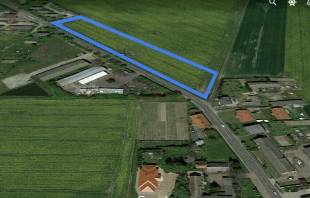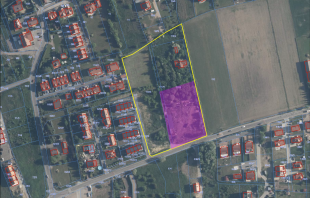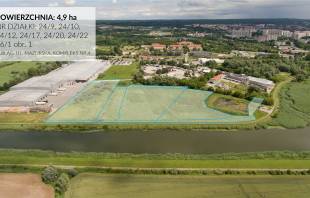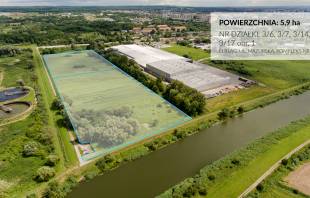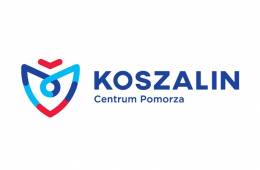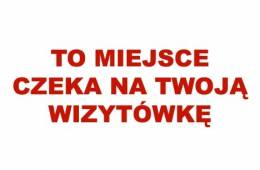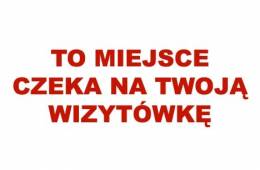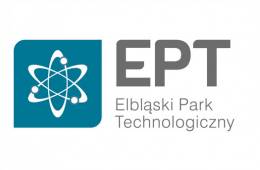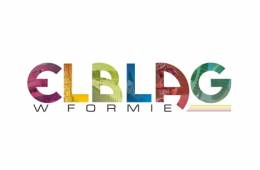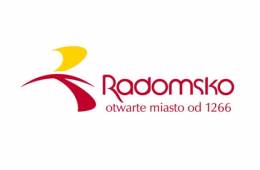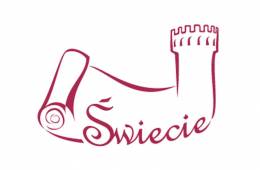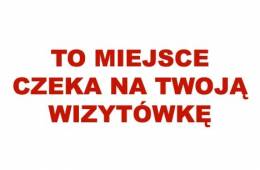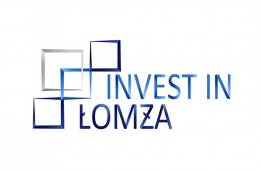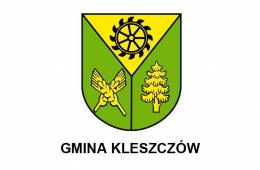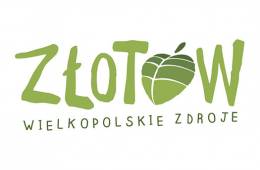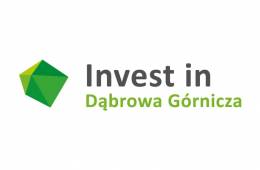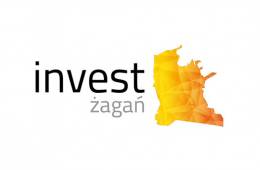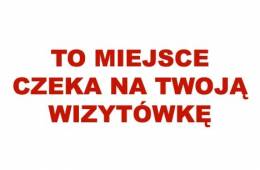GOEFs are a specific group of property investment vehicles which, as of the end of 2012 hold assets worth around €83 billion globally. The report examines the current and potential impact emanating from the liquidation of German Open-Ended Funds (‘Offene Immobilien-Publikumsfonds’ as they are termed in Germany) on the Eastern European investment market.
GOEFs are managed by ‘household names’ in the investment community such as Deka Immobilien Investment GmbH and Union Investment Gruppe. The report focuses only on the current and future prospects of GOEFs and not the other property investment vehicles (such as ‘Offene Immobilien-Spezialfonds’) managed by such large European investment houses active in the market.
The primary difference between GOEFs and other fund vehicles, such as Spezialfonds, is that GOEFs are open to both retail (public) and institutional investors, whilst Spezialfonds are only available to institutional clients.
Conflicting needs of retail and institutional investor groups, combined with declining market conditions in the aftermath of the financial crisis has destabilised the GOEF structure, resulting in the expected liquidation of 15 funds over the next five years.
Approximately €4.5 billion worth of assets in Eastern Europe are currently held by GOEF‘s. The majority of these GOEF assets are located in Poland (55%), Czech Republic (28%) and Hungary (8%). By sector, it is evident that commercial offices are by far the preferred property asset class, accounting for 68% of all assets, followed by retail which accounts for 22% of all assets held. Since 2010 there has been limited new GOEF acquisition activity as a total of 11 GOEFs which have been active in the Eastern European region have issued notice of their liquidation. These 11 funds have acquired a total of 39 assets, representing €2.175 billion in investment volume – around 50% of the total volume of GOEF fund acquisitions across Eastern Europe. As a percentage of investment volume in recent years, which range between €4 and 12 billion per annum, GOEF assets facing liquidation would represent up to 20% of investment volume if divested over the next two years. GOEF divestment will positively increase transaction activity in Poland and Czech Republic, where most of the assets are held. While GOEF liquidation and divestment is very real, it is not expected to lead to a flood of transactions as divestment is likely to be phased. Growth prospects within the GOEF sector appear to be limited for the foreseeable future, given the greater focus on ‘Spezialfonds’. Spezialfonds reached ca. €35.5 billion in asset volume at end 2012 up from €31.4 billion at end 2011. GOEFs have seen their overall volume diminish from €85.1 billion to €83.1 billion over the same time period. Those GOEFs which remain active are likely to develop strong positions in the market, and continue as active buyers across the core markets of Eastern Europe. Evidence of this comes in the closing of three Polish deals in Q4 2012, transacted by Union, Deka and RREEF GOEFs respectively for a combined €600 million.


















